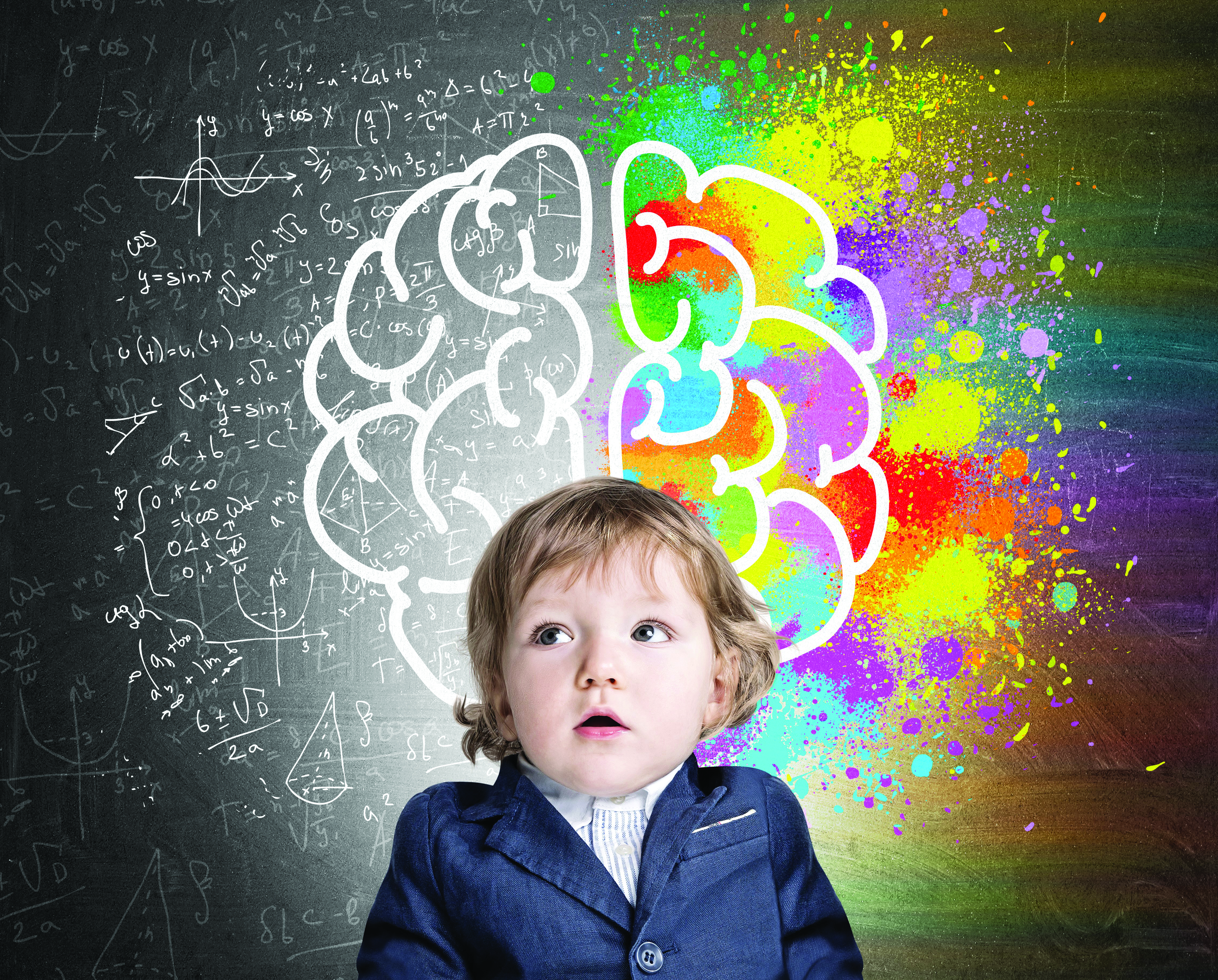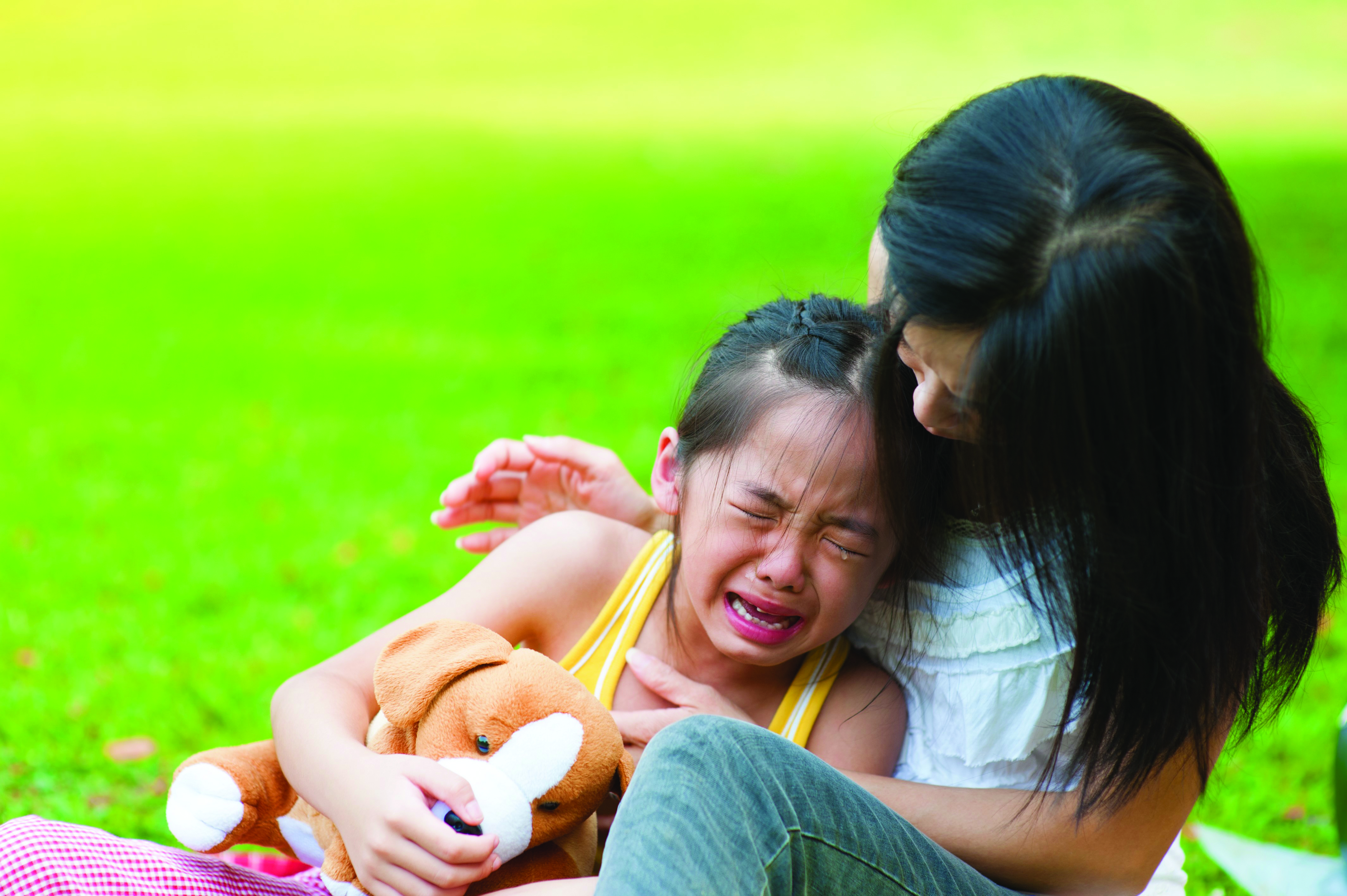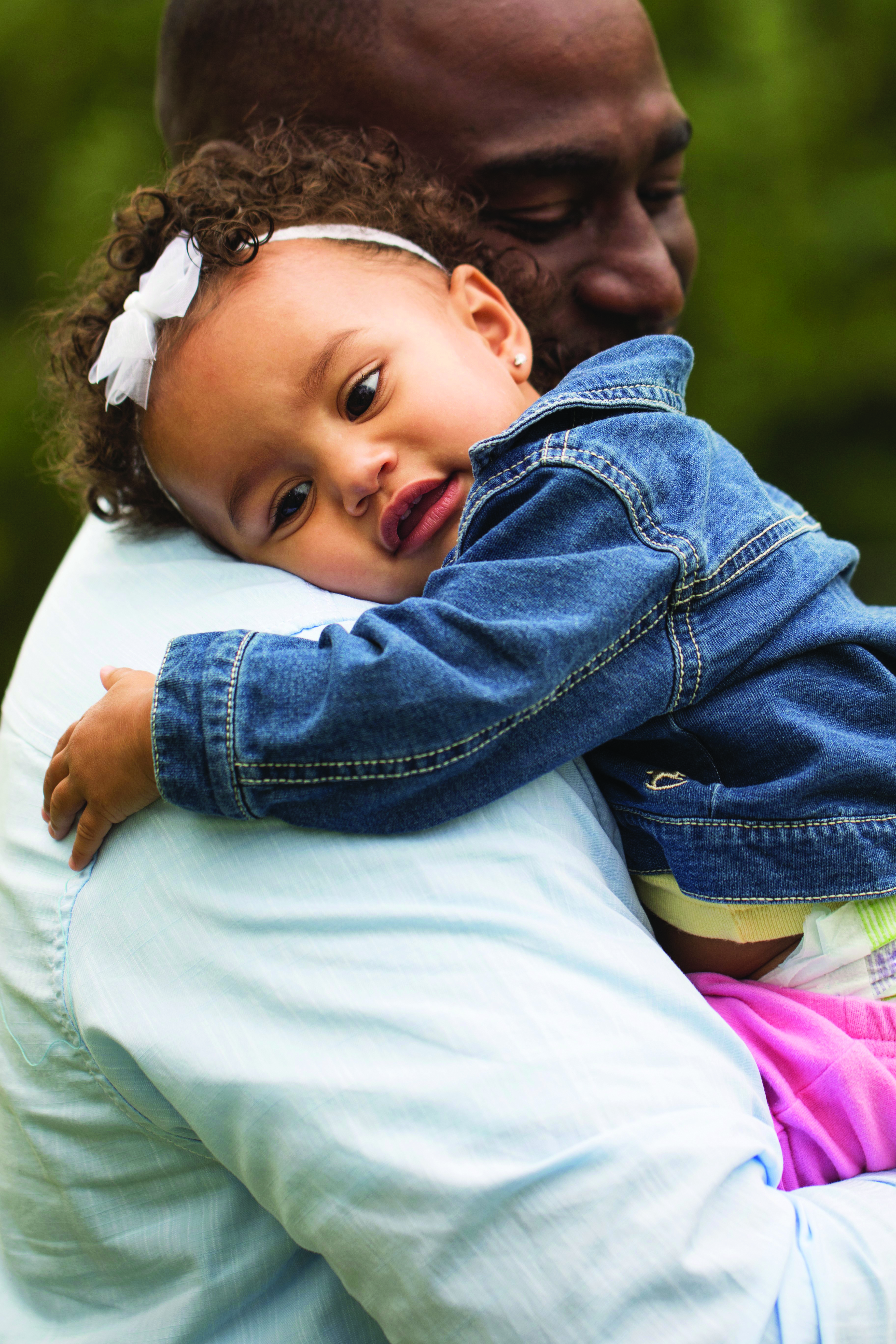

Carrie M. Clark, Assistant Professor, Educational Psychology
Holly N. Hatton-Bowers, Assistant Professor, Extension Early Childhood Specialist
Carrie L. Gottschalk, Extension Educator
Dipti A. Dev, Assistant Professor, Extension Child Health Behaviors Specialist
Lisa M. Poppe, Extension Educator
Self-regulation takes years to develop, and children often depend on their caregivers to help them manage their emotions and behavior. This NebGuide discusses what self-regulation is and some basic milestones that help children develop self-regulation.

Sometimes, life for a toddler seems to be an endless soap opera. One minute, your 3-year-old is as cool and calm as a Zen Monk. The next, he is kicking and screaming on the floor. Early childhood is a time of major change in the mental abilities that allow children to manage or self-regulate their emotions and behavior. These self-regulatory skills are the same ones that you, as an adult, use when you bite your lip instead of moaning at your spouse for not taking out the trash; stop yourself from responding to a Facebook comment that offends you; or force yourself to work through your lunch break to finish something for your boss. Self-regulation is central to success in life. We need to be able to recognize and control our emotions; to plan our behaviors so that we can achieve our goals; and to respond flexibly to changing demands in our home, social, and work lives.
Toddlers are just getting started developing the mental skills that support self-regulation, but they are making little inroads every day. By the time they reach elementary school, most children will have a basic ability to focus attention, label emotions, and stop themselves from doing inappropriate things so that they can learn in the classroom and get along with others. That said, self-regulation takes a long time to develop. The part of the brain that helps us to self-regulate, the prefrontal cortex, doesn’t fully mature until early adulthood. Even as adults, most of us will struggle to self-regulate at different times.
“Self-regulation is being able to manage feelings so they don’t intrude heavily on relationships or day-to-day life. This may involve being able to resist ‘losing it’ in upsetting or frustrating situations, or being able to calm down when big feelings start to take over.” (Karen-Hey Sigmund, http://www.heysigmund.com/how-to-self-regulate/, retrieved on 12/5/2016).
Figure 1. Some basic milestones that help young children develop self-regulation.
Being able to control our attention is often the first step in self-regulating our emotions and behavior. Attention is like a spotlight, allowing us to move our focus to things that help us achieve our goals and filter out distractions that interfere with our goals.
There are many different types of attention. The most basic is our state of alertness: When we are tired or sleepy or if we haven’t had our morning coffee, we may not be able to take in things in our environment very easily. Our attention spotlight may barely be on! Our most sophisticated forms of attention overlap with other mental functions like memory. For instance, we can remember future goals or plans and hold these goals in our spotlight while we perform multistep tasks, e.g., the recipe said I should turn on the oven before rolling the dough.
As shown in Figure 1, our more sophisticated forms of attention are especially slow to mature. In infants, attention is more of an “in-the moment” response mostly controlled by signals in the environment. The “outa-sight, outa-mind” nature of this attention has its benefits–it is easy to simply put a dangerous object out of reach and introduce a new, safer one. As children become toddlers, they can hold information in their attention spotlight for longer periods of time, even when the information isn’t directly in front of them. This means they can create mental plans for their future behavior. Now, you can’t simply hide that marker out of reach. Your toddler remembers how much fun she was having drawing on the cat, and she is not as easily distracted!


As well as helping us focus on our goals, attention is important for self-regulation because it helps to dial up or down our emotions. By turning our attention spotlight away from the gruesome scenes in the latest Tarantino film, we are able to reduce the fear or disgust we experience. By controlling how much eye contact we make when we talk to a co-worker, we reduce our level of discomfort. Even 3-month-old babies do this. They look away when they are overwhelmed.
Our emotions can also disrupt our attention spotlight. When we are fired up, it can be difficult to stop and think about what we are saying and how it might affect those around us in the future. This is because the brain systems that react to emotional events are quicker to develop and seem to respond more quickly than areas of the brain that control our attention spotlight and help us to reason about our behavior.
Of course, it is important to keep in mind that we all vary in our level of emotional reactivity. Some babies seem to cry constantly and become very upset when you change their routine, while others seem as cool as a cucumber no matter what you throw at them–we’re all different. This means that some children may need more support to control their attention spotlight so that they can self-regulate.
Parents or teachers can become exasperated when children don’t seem to be able to control their impulses or their emotions; when they only remember one instruction out of a list of four; or when they refuse to stop one activity and begin another. The brain systems that support self-regulation take years to mature, and your child will often depend on you to help her manage her emotions and behavior.
Just like you, your child will also have good and bad days, only his bad days will seem doubly bad because he hasn’t developed the ability to recognize that he is feeling tired and crabby and do things to manage these feelings. On these days, take time to recognize the skills your child already has that you have helped him to develop. Remember the first time you were able to sleep through the entire night because your baby learned to manage his sleep routine; the time he learned to sort his toys into two piles based on their shapes; the first time you noticed her sharing a toy with another child. Each of these skills is a little milestone in your child’s development of self-regulation, and each step will help in his journey of becoming an independent, healthy adult.
Parlakian, R., & N. L. Seibel. 2002. Building strong foundations: Practical guidance for promoting the social-emotional growth of infants and toddlers. Washington, DC: ZERO TO THREE.
Perry, B.D. 2005. Self-regulation: The second core strength. Online: http://teacher.scholastic.com/professional/bruceperry/ self_regulation.htm.
Siegel, D. J., & Bryson, T. P. 2011. The whole-brain child: 12 revolutionary strategies to nurture your child’s developing mind. New York, NY: Delacorte Press.
Thompson, Ross A. November 2009. Doing What Doesn’t Come Naturally: The Development of Self-Regulation. Journal of Zero to Three Vol. 30 No. 2 (pp. 33–39).
http://www.heysigmund.com/how-to-self-regulate/
http://developingchild.harvard.edu/science/key-concepts/executive-function/
This publication has been peer reviewed.
Nebraska Extension publications are available online at http://extension.unl.edu/publications.
Extension is a Division of the Institute of Agriculture and Natural Resources at the University of Nebraska–Lincoln cooperating with the Counties and the United States Department of Agriculture.
University of Nebraska–Lincoln Extension educational programs abide with the nondiscrimination policies of the University of Nebraska–Lincoln and the United States Department of Agriculture.
© 2017, The Board of Regents of the University of Nebraska on behalf of the University of Nebraska–Lincoln Extension. All rights reserved.